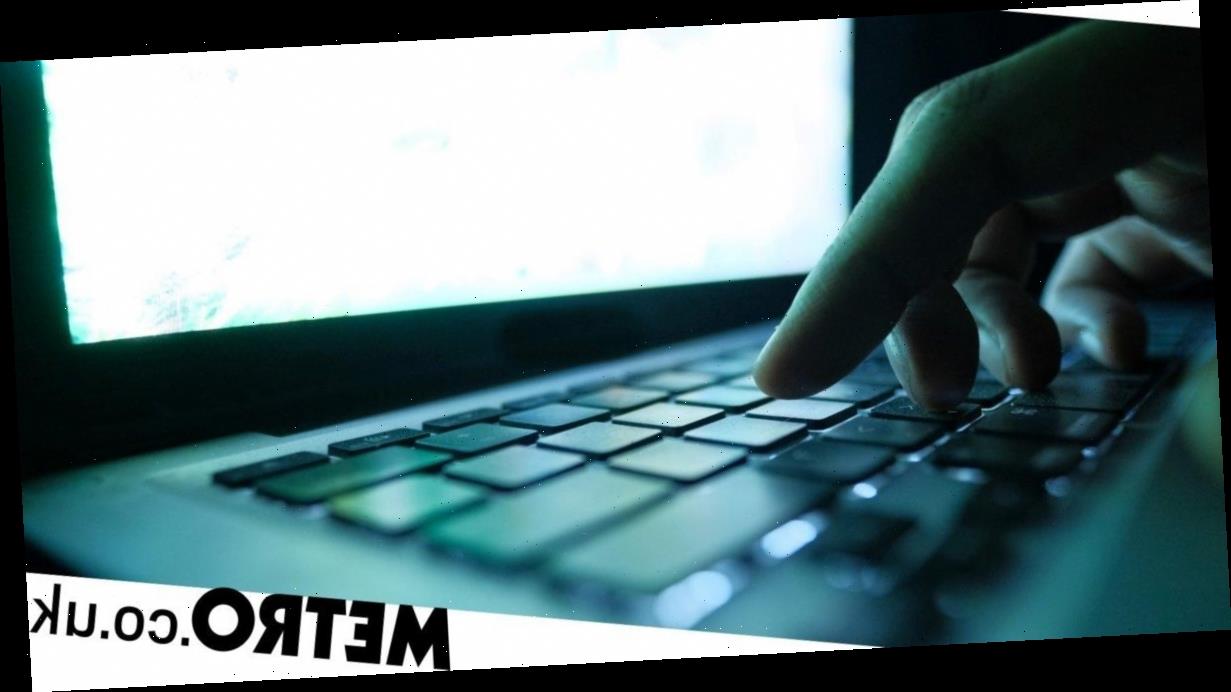After Zoom announced it was halting product development to focus on fixing its security, the first changes appear to have arrived.
The video messaging service has boomed since the coronavirus outbreak but users have fallen victim to a particular type of attack called Zoombombing.
It happens when malicious attackers get into a public meeting (or guess a meeting’s ID and enter a private one) and start screen-sharing videos of porn or violence.
Zoom has responded by forming a security council and appointing Alex Stamos (who worked as Facebook’s Chief Security Officer) to sort things out.
‘Zoom has some important work to do in core application security, cryptographic design and infrastructure security, and I’m looking forward to working with Zoom’s engineering teams on those projects,’ Stamos wrote in a recent Medium post.
The first change is that the meeting ID is now hidden from the title bar so it can’t be accidentally shared through a screenshot. The second is that hosts will now see a security icon that lets them control all the in-meeting security options.
Zoom has also made the ‘Waiting Room’ option a default setting so that hosts have to approve meeting attendees before they’re allowed to join.
How safe is Zoom?
MORE: What is Zoombombing and how can you stop it?
Zoom is being scrutinised by cyber security experts around the world at the moment and many of them say there are basic things that users can do to keep themselves safe.
‘Many controversies now exist around Zoom’s security and privacy, though it is extremely far from dominating the plethora of emerging security risks,’ said Ilia Kolochenko, founder & CEO of web security company ImmuniWeb.
‘Few attackers will ever bother to intercept Zoom communications, even fewer will extract any value from the alleged data sharing with Facebook.
‘Instead, they will bet on the skyrocketing number of poorly configured VPNs and RDP technologies, abandoned servers and unprotected cloud storage, exposed databases and shadow IT resources that widely open the door to companies’ crown jewels.
‘Others will hone their skills in large-scale phishing and BEC campaigns. Unfortunately, most of their attacks will likely be tremendously successful.’
He continued: ‘Since the commencement of the coronavirus, only a few organisations have successfully shifted all their workforce to securely work from home.
‘Those organisations are erecting emergency infrastructure around the clock to enable remote work, but frequently disregarding even the basic security and privacy aspects, let alone compliance with industry standards and internal policies that are ill-suited for such an unprecedented and devastating crisis.’
‘Organisations of all sizes should urgently update and promulgate among their employees information security policies, adopted to mitigate COVID19 risks and threats.
‘Once everyone has a clear and coordinated cybersecurity strategy, it is essential to implement continuous attack surface monitoring enhanced with surveillance of Dark Web that will likely show an unusual abundance of newly stolen data for sale. Employees’ security awareness programs, and IT asset discovery and management top the emergency To-Do list, being indispensable to secure businesses amid the havoc.’
Source: Read Full Article

